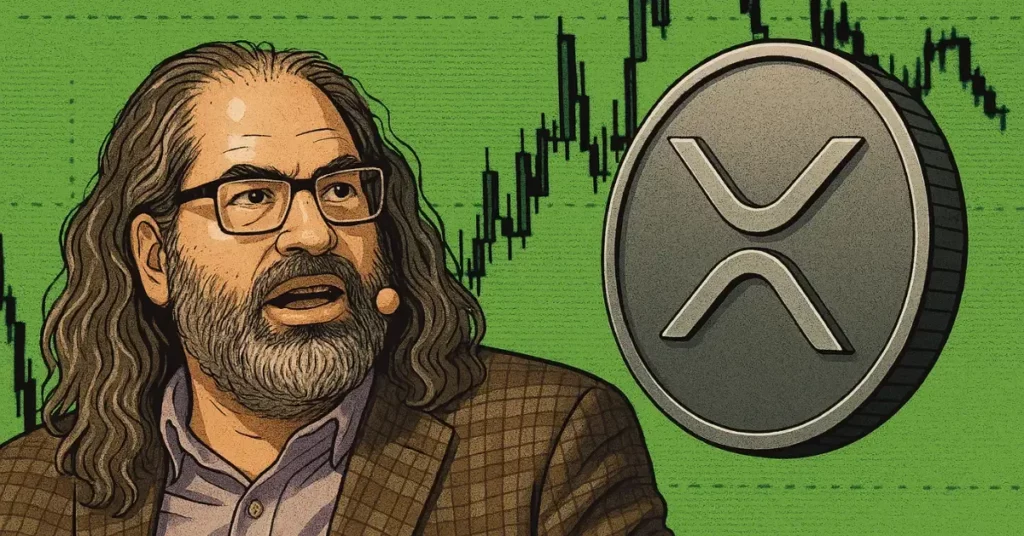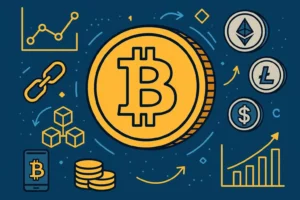
Ripple CTO Says Hub Server Nearly Production-Ready After Successful XRPL Testing
In a recent update, David Schwartz, Ripple’s Chief Technology Officer (CTO), announced that the company’s new “hub server” has successfully completed testing and is nearly ready for production. The hub server aims to enhance the reliability of the XRP Ledger by allowing nodes to stay more reliably connected.
According to Schwartz, the system has been running smoothly in a test environment over the past 24 hours. While there was a minor latency spike affecting only a few weak links, he clarified that this issue was not caused by the hub server itself. Instead, it appears to have been a monitoring glitch.
Notably, the XRPL processed an impressive 11,000 requests per second from 173 peers without any issues during this time. Schwartz also expressed his intention to improve the monitoring system to avoid similar hiccups in the future.
In a tweet, Schwartz shared the results of the test environment, stating that all is well and the system is nearly production-ready. “Here’s the past 24 hours,” he wrote on Twitter. “All good. There is one spike in latency that only affected a few links that were already poor. The tiny drop in network b/w appears to be a monitoring dropout and doesn’t show on the switch port’s monitoring.”
Despite these advancements, Ripple faces significant challenges with the security and decentralization of its XRP Ledger. In recent reports, XRPL ranked last for security, scoring only 41 out of 100. This low score is attributed to concerns over a hack earlier in the year, a relatively small number of validators, and a low Nakamoto coefficient.
However, Schwartz remains optimistic about the future development of XRPL. He believes that ongoing improvements and future upgrades will strengthen the network’s reliability and security in the long run.
In his previous statements, Schwartz emphasized the importance of introducing a high-quality hub server to enhance the overall performance of XRPL nodes. This addition would provide reserved connections for validators, other hubs, and application servers.
The Ripple CTO also highlighted that XRPL is public and permissionless, with optional features for regulated use. He envisions this decentralized infrastructure as critical in serving the world’s financial system.
Looking ahead, Schwartz sees the potential for XRPL to incorporate more programmability, compliance tools, and deeper institutional liquidity, further solidifying its position in the blockchain landscape.
Source: coinpedia.org


